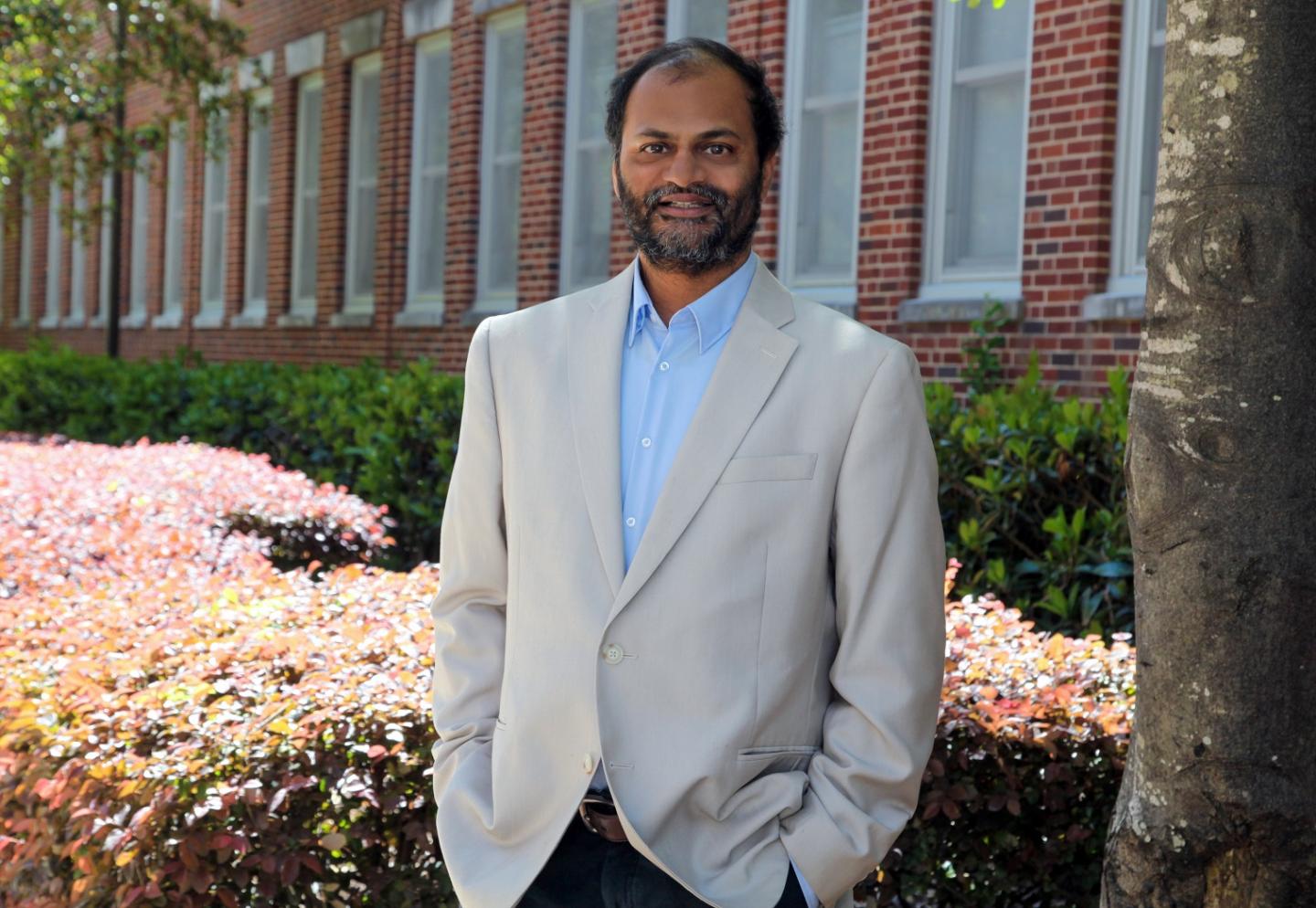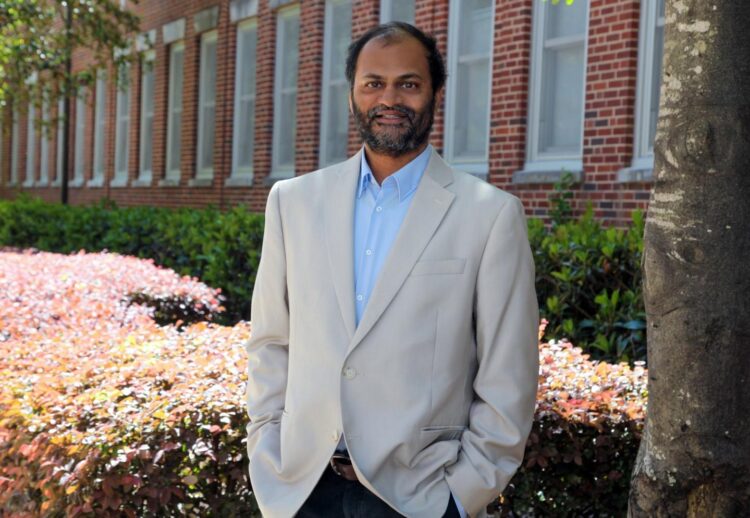
Credit: Phil Jones, Senior Photographer, Augusta University
A new proposal for virtual travel, using advanced mathematical techniques and combining livestream video with existing photos and videos of travel hotspots, could help revitalize an industry that has been devastated by the coronavirus pandemic, according to researchers at the Medical College of Georgia at Augusta University.
In a new proposal published in Cell Patterns, Dr. Arni S.R. Srinivasa Rao, a mathematical modeler and director of the medical school’s Laboratory for Theory and Mathematical Modeling, and co-author Dr. Steven Krantz, a professor of mathematics and statistics at Washington University, suggest using data science to improve on existing television and internet-based tourism experiences. Their technique involves measuring and then digitizing the curvatures and angles of objects and the distances between them using drone footage, photos and videos, and could make virtual travel experiences more realistic for viewers and help revitalize the tourism industry, they say.
They call this proposed technology LAPO, or Live Streaming with Actual Proportionality of Objects. LAPO employs both information geometry – the measures of an object’s curvatures, angles and area – and conformal mapping, which uses the measures of angles between the curves of an object and accounts for the distance between objects, to make images of people, places and things seem more real.
“This is about having a new kind of technology that uses advanced mathematical techniques to turn digitized data, captured live at a tourist site, into more realistic photos and videos with more of a feel for the location than you would get watching amovie or documentary,” says corresponding author Rao. “When you go see the Statue of Liberty for instance, you stand on the bank of the Hudson River and look at it. When you watch a video of it, you can only see the object from one angle. When you measure and preserve multiple angles and digitize that in video form, you could visualize it from multiple angles. You would feel like you’re there while you’re sitting at home.”
Their proposed combination of techniques is novel, Rao says. “Information geometry has seen wide applications in physics and economics, but the angle preservation of the captured footage is never applied,” he says.
Rao and Krantz say the technology could help mediate some of the pandemic’s impact on the tourism industry and offer other advantages.
Those include its cost-effectiveness, because virtual tourism would be cheaper; health safety, because it can be done from the comfort of home; it saves time, eliminating travel times; it’s accessibility – tourism hotspots that are not routinely accessible to seniors or those with physical disabilities would be; it’s safer and more secure, eliminating risks like becoming a victim of crime while traveling; and it requires no special equipment – a standard home computer with a graphics card and internet access is all that’s needed to enjoy a “virtual trip.”
“Virtual tourism (also) creates new employment opportunities for virtual tour guides, interpreters, drone pilots, videographers and photographers, as well as those building the new equipment for virtual tourism,” the authors write.
“People would pay for these experiences like they pay airlines, hotels and tourist spots during regular travel,” Rao says. “The payments could go to each individual involved in creating the experience or to a company that creates the entire trip, for example.”
Next steps include looking for investors and partners in the hospitality, tourism and technology industries, he says.
If the pandemic continues for several more months, the World Travel and Tourism Council, the trade group representing major global travel companies, projects a global loss of 75 million jobs and $2.1 trillion in revenue.
###
Rao is a professor of health economics and modeling in the MCG Department of Population Health Sciences.
Read the published article here.
Media Contact
Jennifer Scott
[email protected]
Related Journal Article
http://dx.





